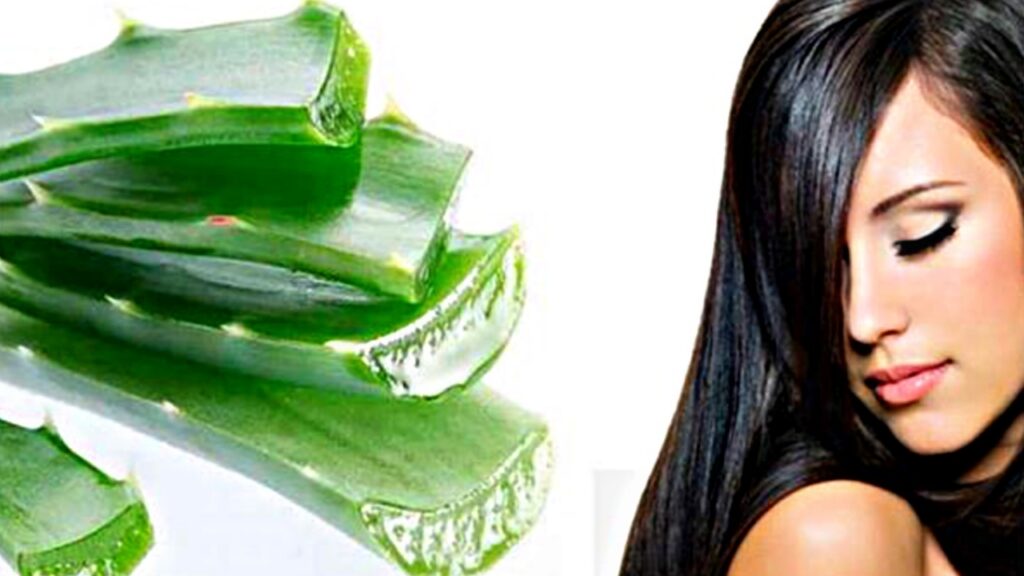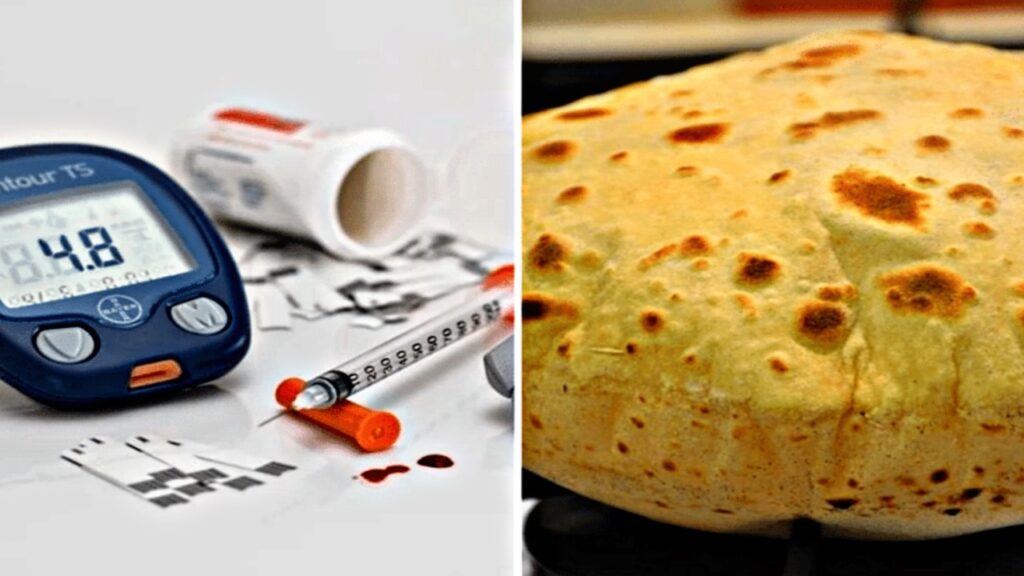Sabudana Kachori
Sabudana Kachori, a popular and delicious Indian snack, is an excellent choice for those with specific dietary needs such as diabetes or gluten allergies. Traditionally made with flour, this twist on the classic kachori uses sabudana (tapioca pearls) as the main ingredient, making it a gluten-free alternative that is not only nutritious but also satisfying. Here’s a healthy, easy-to-make recipe for Sabudana Kachori, perfect for people who are managing diabetes or following a gluten-free diet.
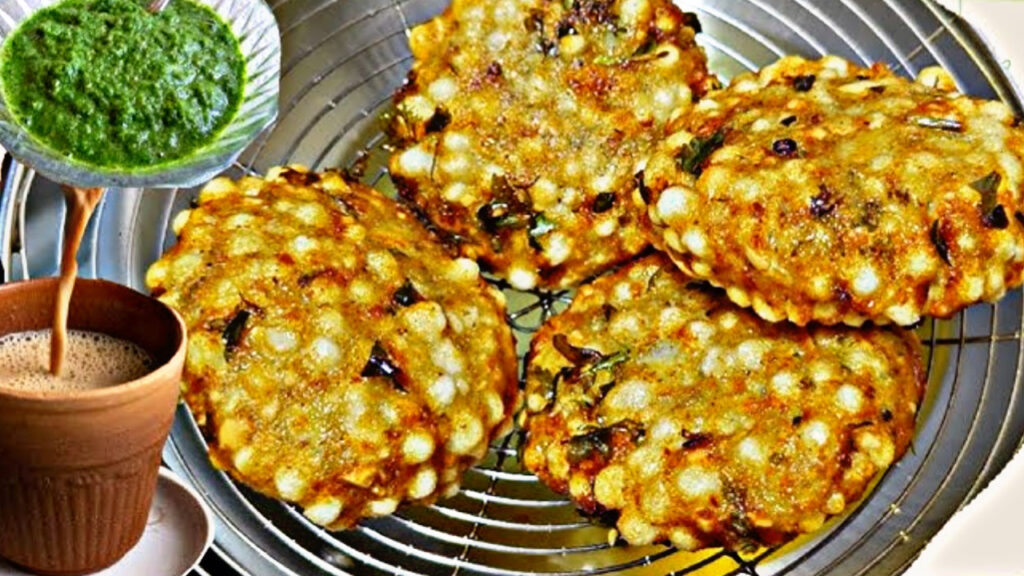
Ingredients
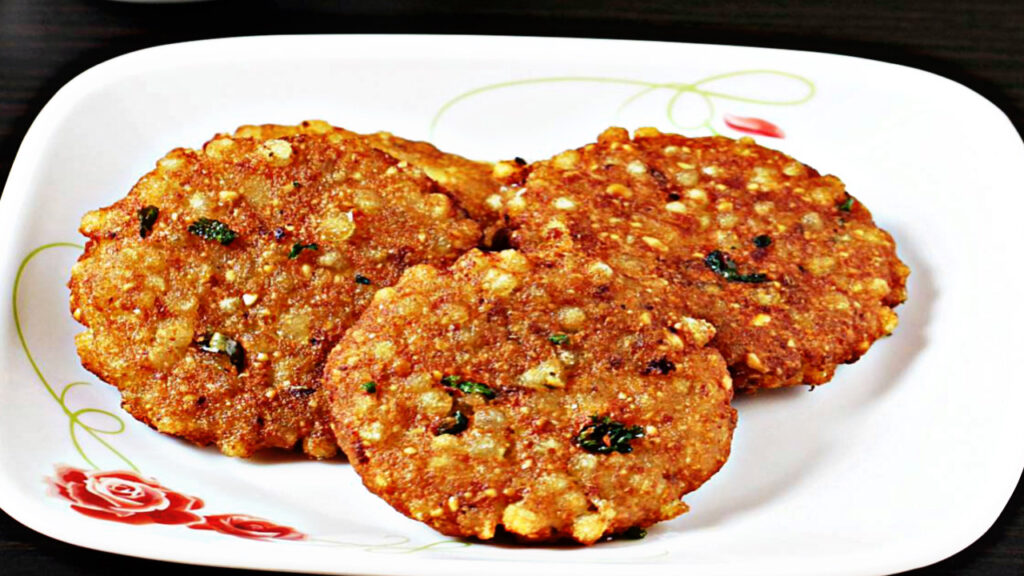
For the dough:
- 1 cup sabudana (tapioca pearls)
- 2-3 tablespoons roasted peanuts (optional, for crunch)
- 1 tablespoon sesame seeds
- 1-2 tablespoons ghee or olive oil
- Salt to taste
For the filling:
- 1 medium-sized boiled potato
- 1 tablespoon ginger, grated
- 1-2 green chilies, finely chopped
- 1 tablespoon coriander leaves, chopped
- ½ teaspoon cumin seeds
- ½ teaspoon ajwain (carom seeds)
- A pinch of asafoetida (hing)
- Salt and black pepper to taste
- 1 tablespoon lemon juice (optional)
For frying:
- Ghee or oil (depending on preference)
Instructions
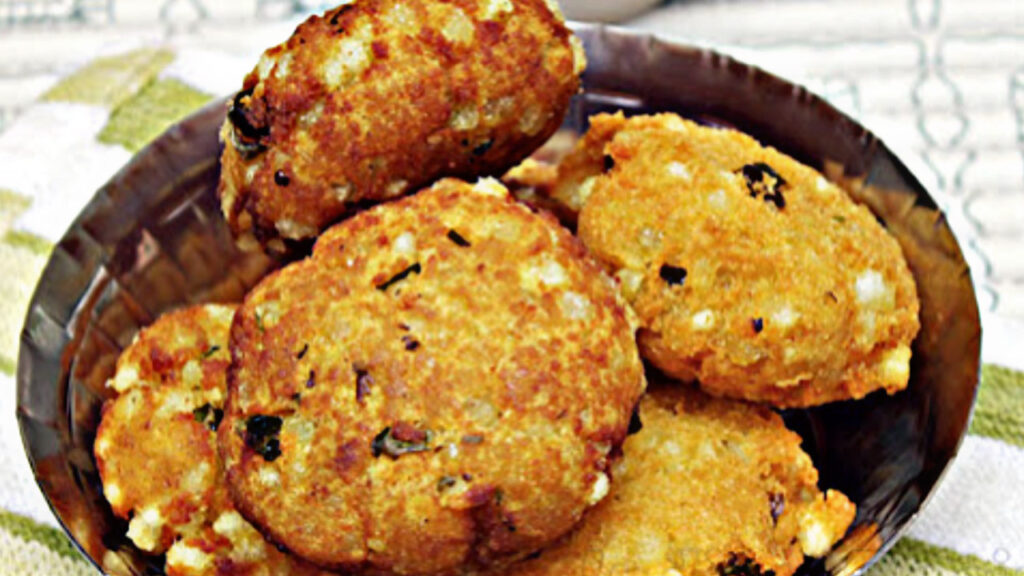
Step 1: Preparing the Sabudana
- Start by rinsing the sabudana thoroughly in water. Let it soak for about 2-3 hours or until they soften and swell up. Make sure not to over-soak them, as it can lead to a sticky texture.
- Once soaked, drain any excess water and set the sabudana aside.
Step 2: Preparing the Filling
- Heat a pan on medium heat, add ghee, and let it melt.
- Add cumin seeds and ajwain (carom seeds). Once they splutter, add a pinch of asafoetida (hing) for extra flavor.
- Next, add the grated ginger and chopped green chilies. Sauté for a minute until the ginger becomes aromatic.
- Add the boiled and mashed potatoes to the pan. Stir well, and then add salt, black pepper, and coriander leaves.
- Finally, sprinkle in the lemon juice for a touch of tanginess. Stir everything together and set aside to cool.
Step 3: Preparing the Dough
- In a separate mixing bowl, combine the soaked sabudana with roasted peanuts and sesame seeds. Add salt and ghee (or oil) to the mixture, and mix everything well. If you feel the mixture is too dry, you can add a little water, but be careful not to make it too wet.
- Gently knead the mixture to form a soft dough. You want the dough to be smooth and pliable, not sticky.
Step 4: Assembling the Kachori
- Divide the dough into small equal-sized portions and roll them into small balls.
- Flatten each ball into a small disc using your fingers or a rolling pin. Place a spoonful of the potato filling in the center of each disc.
- Carefully fold the edges of the disc over the filling to form a ball again, ensuring the filling is completely enclosed.
Step 5: Frying the Kachori
- Heat oil or ghee in a deep frying pan over medium heat.
- Once the oil is hot, carefully drop in the kachoris and fry them until they are golden brown and crisp on all sides. Make sure the heat is not too high, as this could burn the outside while leaving the inside uncooked.
- Remove the kachoris from the oil and place them on paper towels to absorb excess oil.
Step 6: Serve and Enjoy
Once your Sabudana Kachoris are fried to a crisp, serve them hot with a tangy mint chutney or a cool yogurt dip. They make for a delightful snack or a light meal.
Why Sabudana Kachori is Ideal for Diabetics and Those with Gluten Allergies
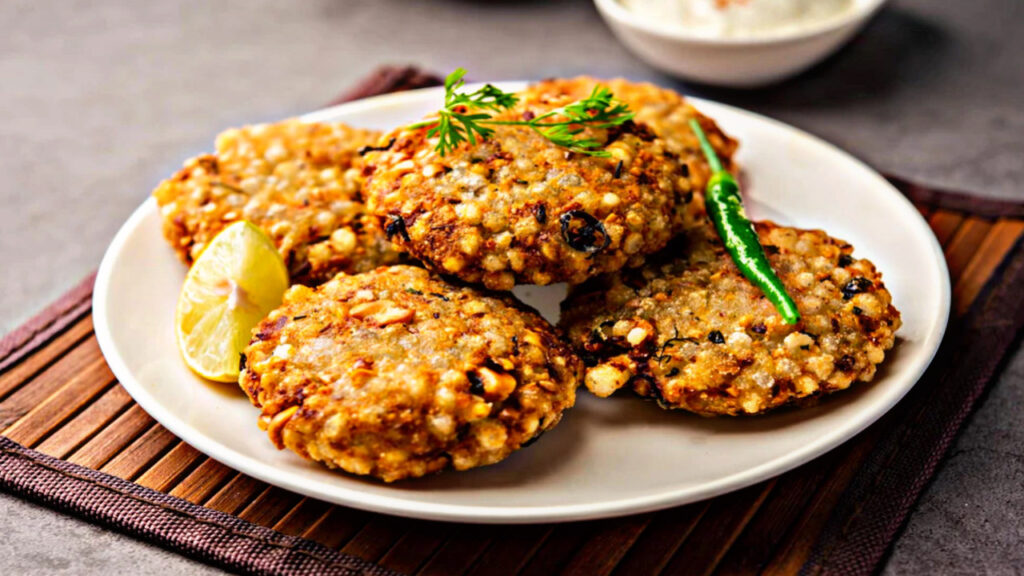
- Low Glycemic Index: Sabudana, the main ingredient in this recipe, has a low glycemic index compared to other refined carbohydrates, making it a better option for those with diabetes. It helps maintain stable blood sugar levels without the rapid spikes associated with other carb-heavy snacks.
- Gluten-Free: Unlike traditional kachori, which uses wheat flour, this recipe is entirely gluten-free, making it suitable for those with gluten allergies or sensitivities.
- High in Fiber and Protein: With the addition of roasted peanuts and sesame seeds, this recipe provides a good amount of protein and fiber, which is crucial for regulating blood sugar levels and promoting digestive health.
- Customizable for Health Needs: You can adjust the spice levels, add more veggies, or even add some turmeric for its anti-inflammatory benefits.
This Sabudana Kachori recipe not only caters to people with diabetes and gluten allergies, but it also provides a healthier alternative to traditional fried snacks. With the right balance of ingredients, you can indulge in a tasty treat without compromising your health goals.


